The Art & Science of Virality in Web Applications
 AI Summary
AI Summary
Key Insights
- Virality is the ability of an object to self-replicate and is often mixed with marketing and buzz.
- Virality in web applications focuses on acquiring new users, getting users to spread the product to other users, and increasing width (not depth) through psychology & web analytics.
- To go viral, consider using social graphs, network effects, emails, widgets, and SEO.
- A key metric for virality is the viral coefficient, where a value > 1 indicates unbounded growth.
- Viral channels eventually decay and one must explore new ones.
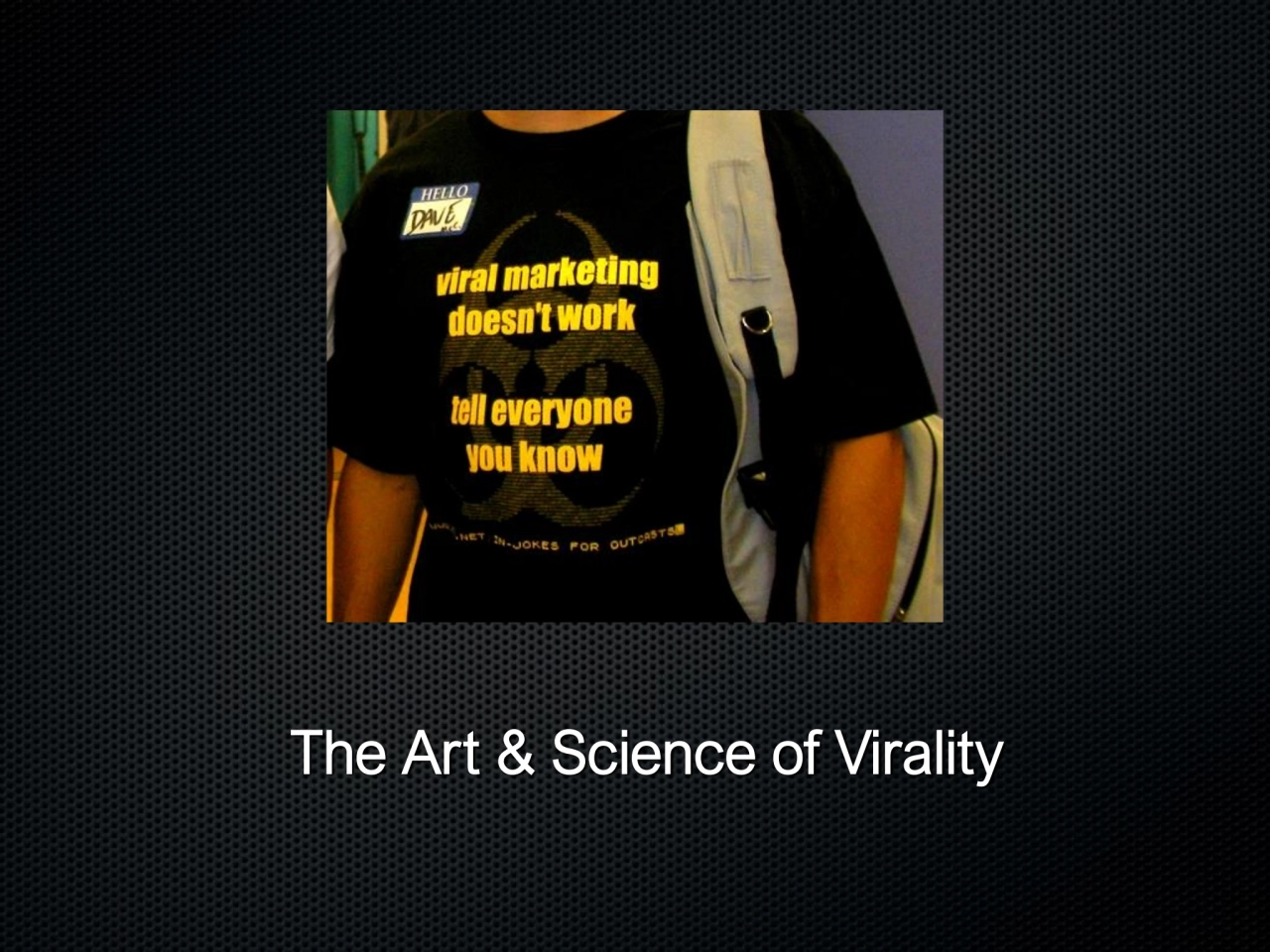
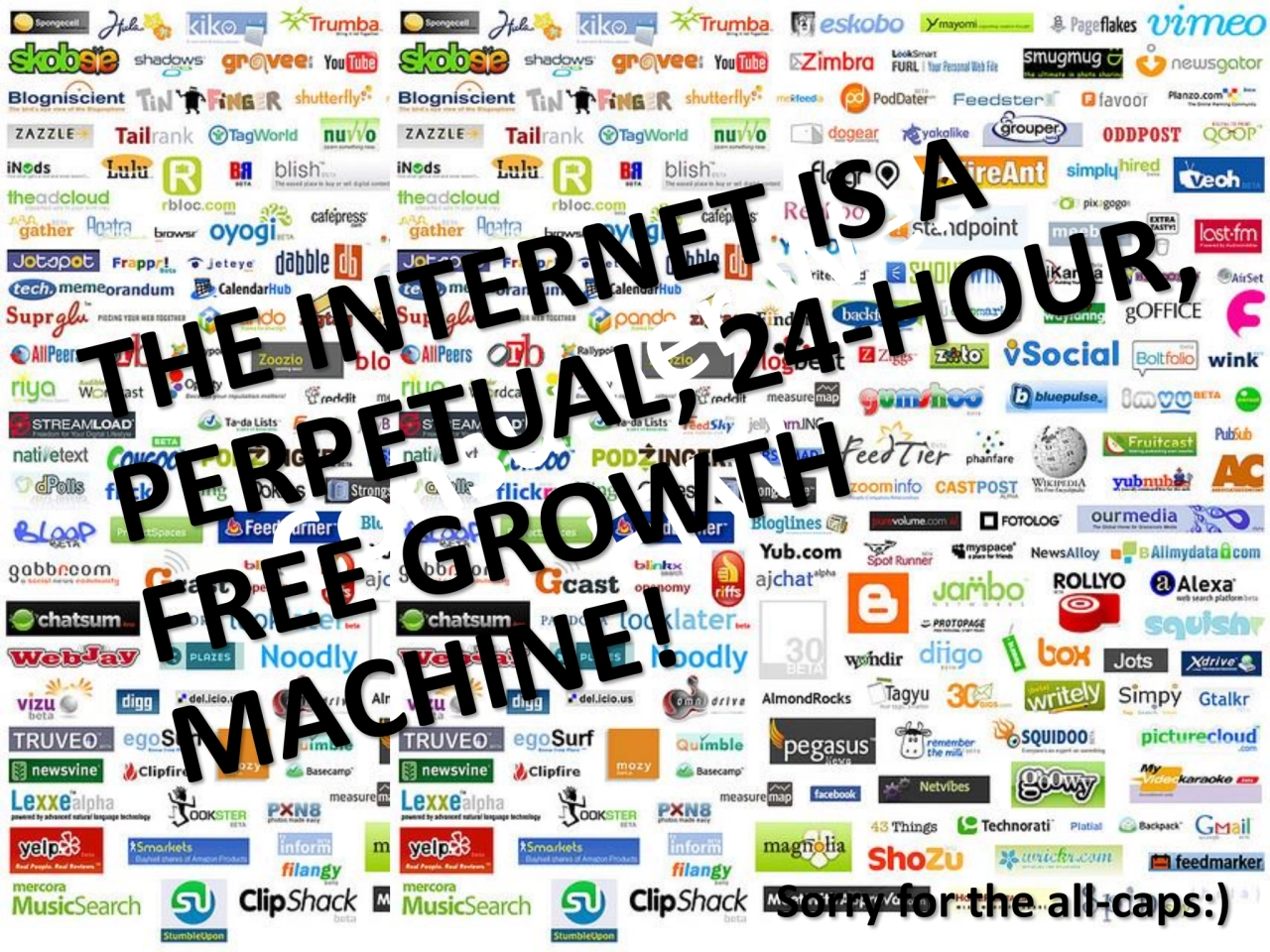
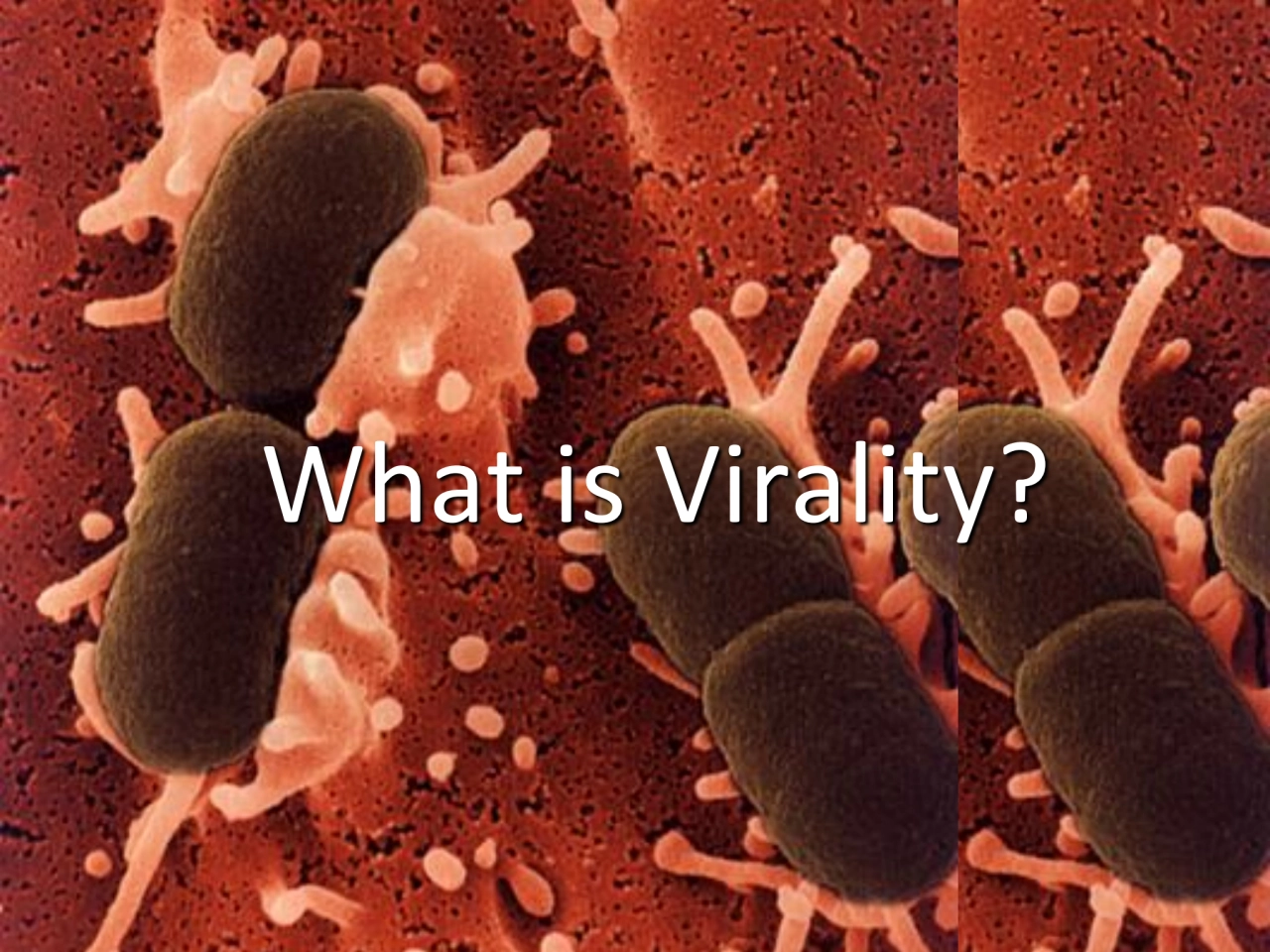
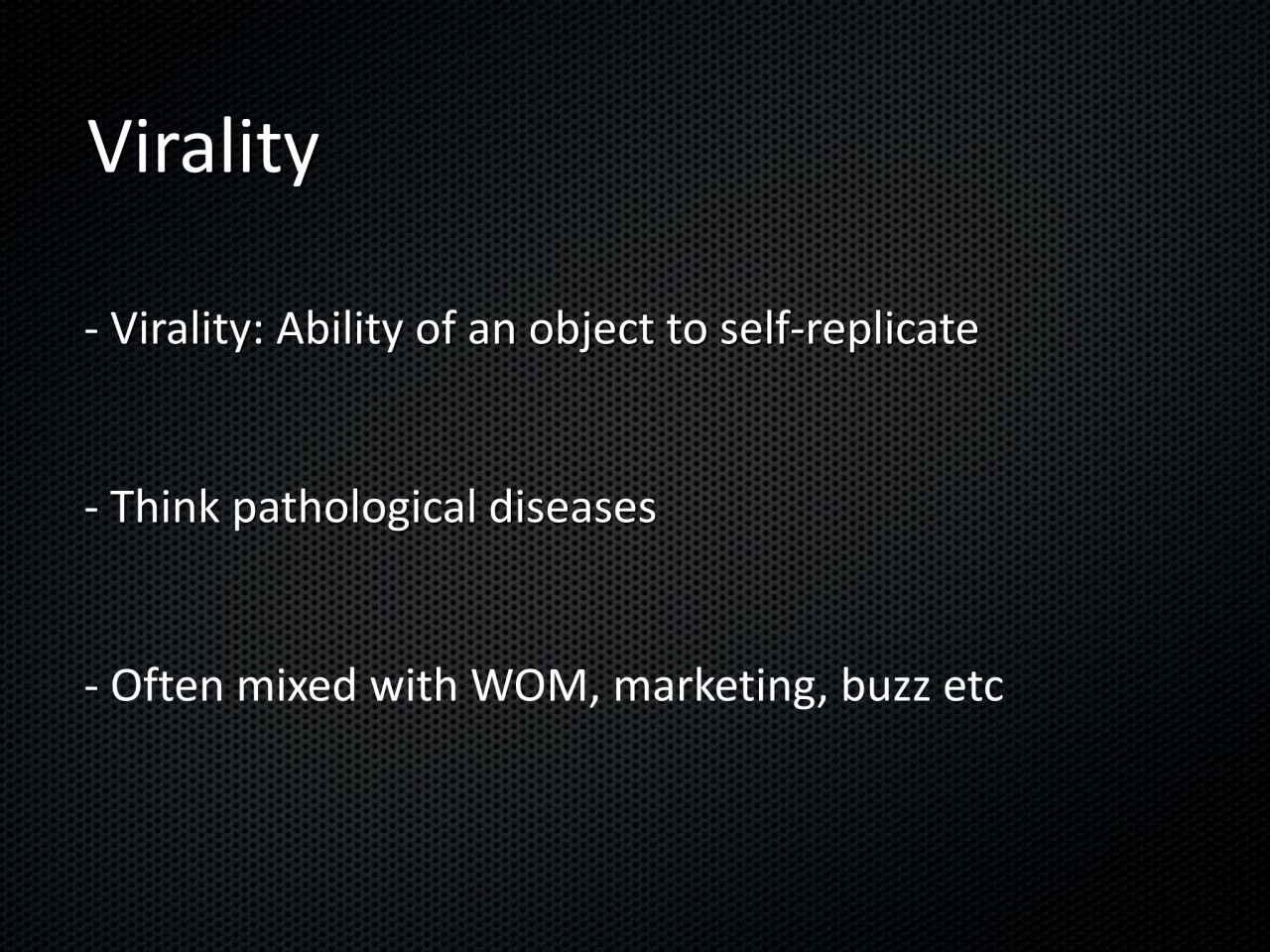
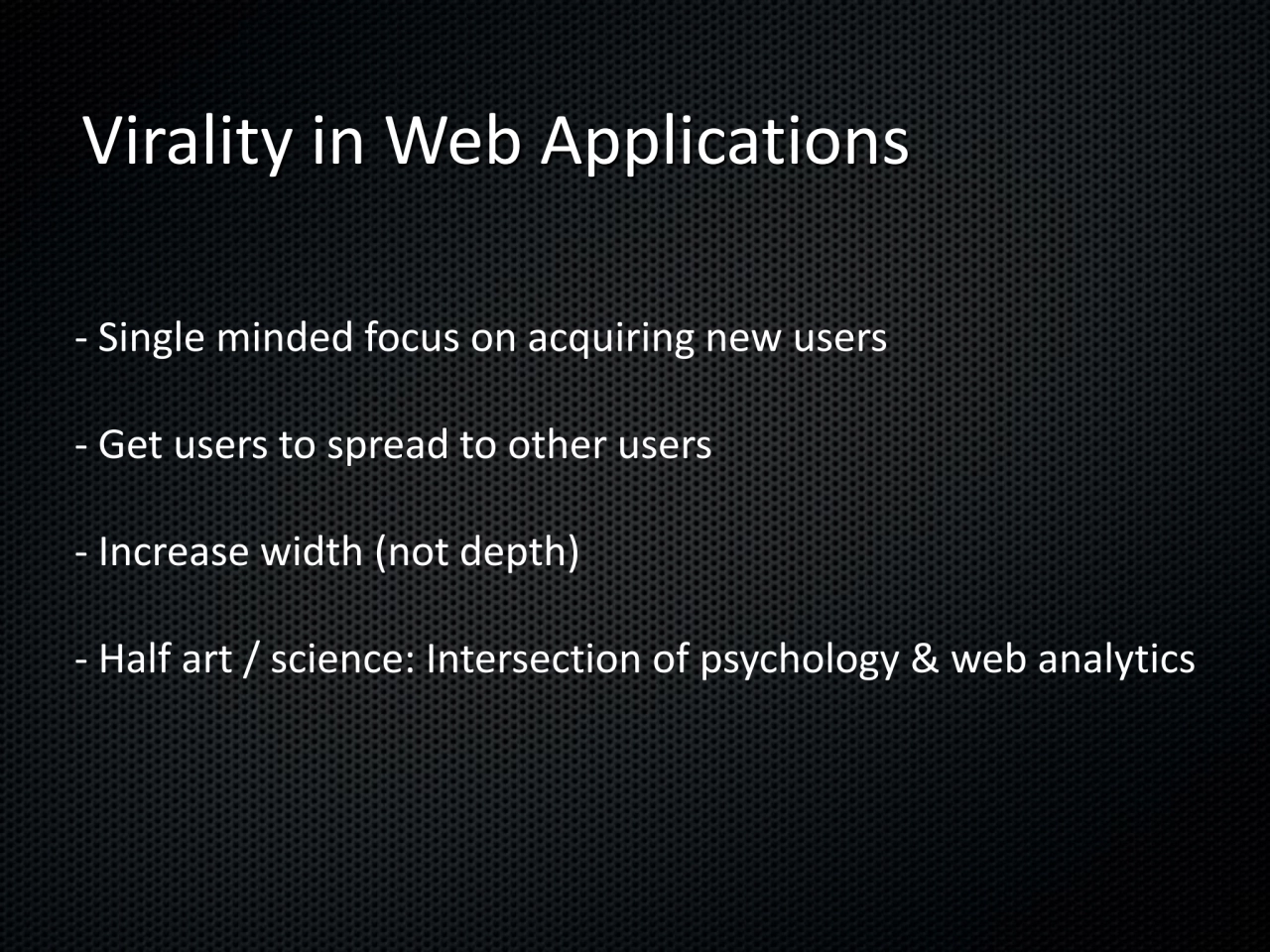
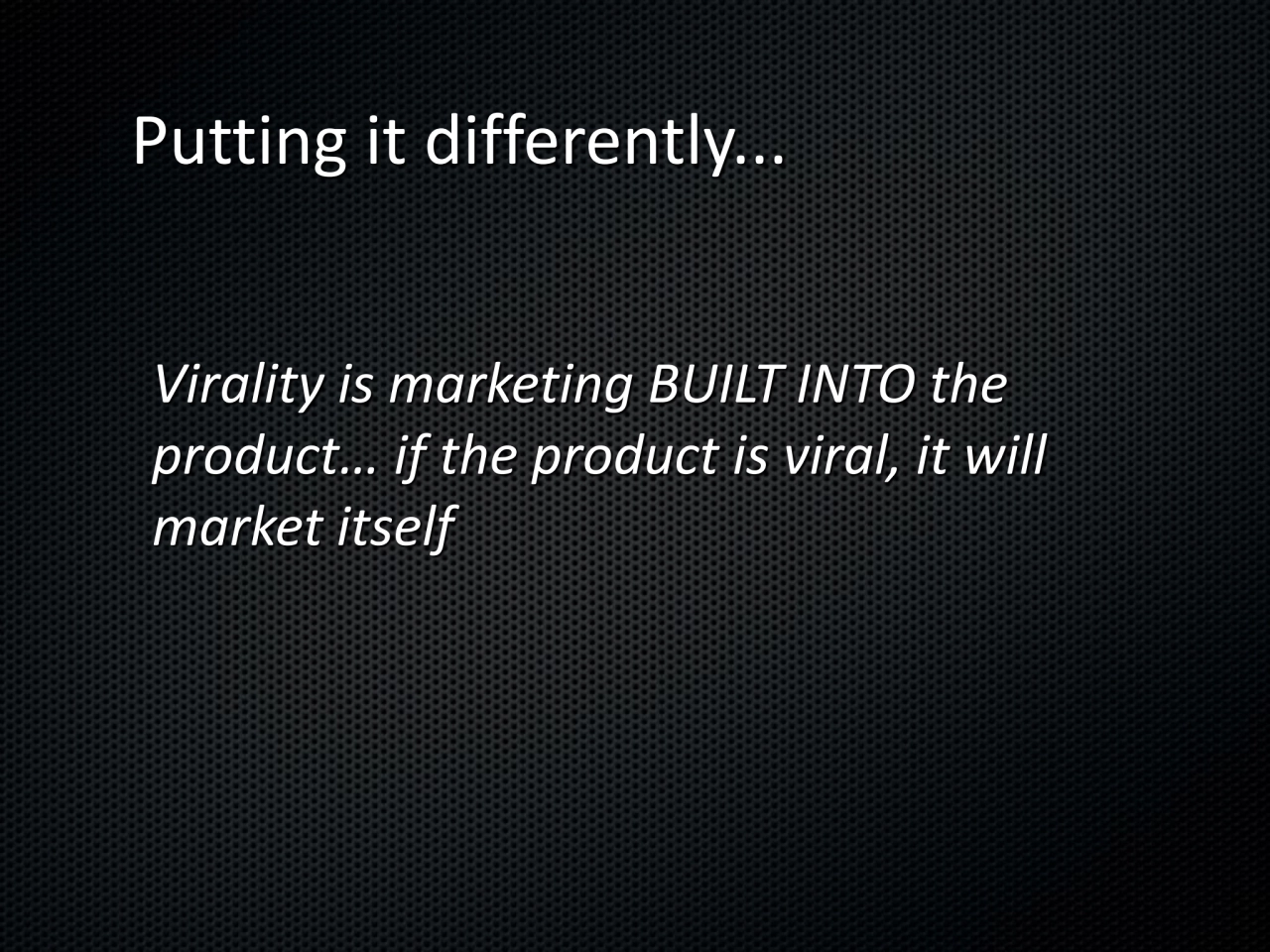
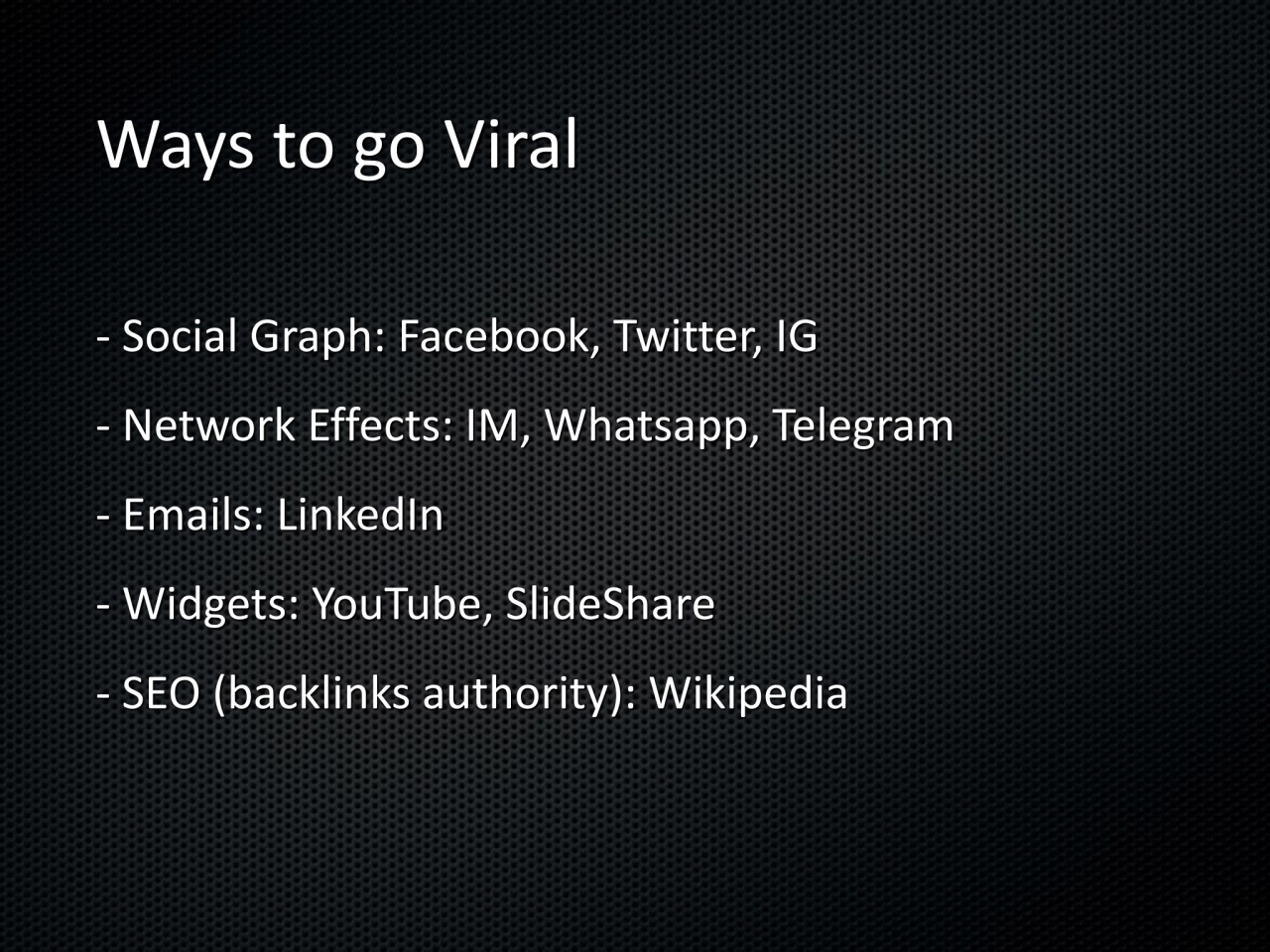
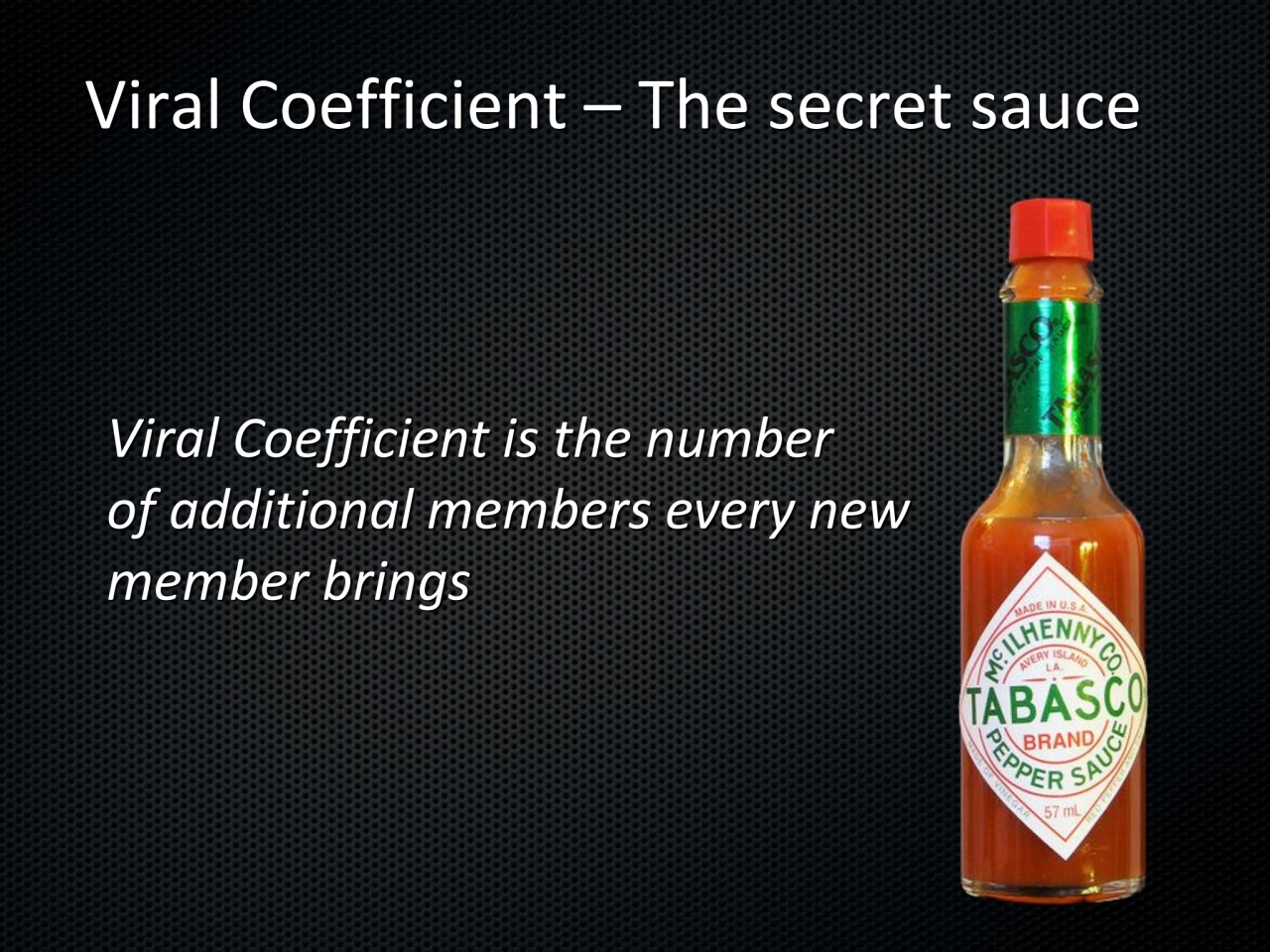
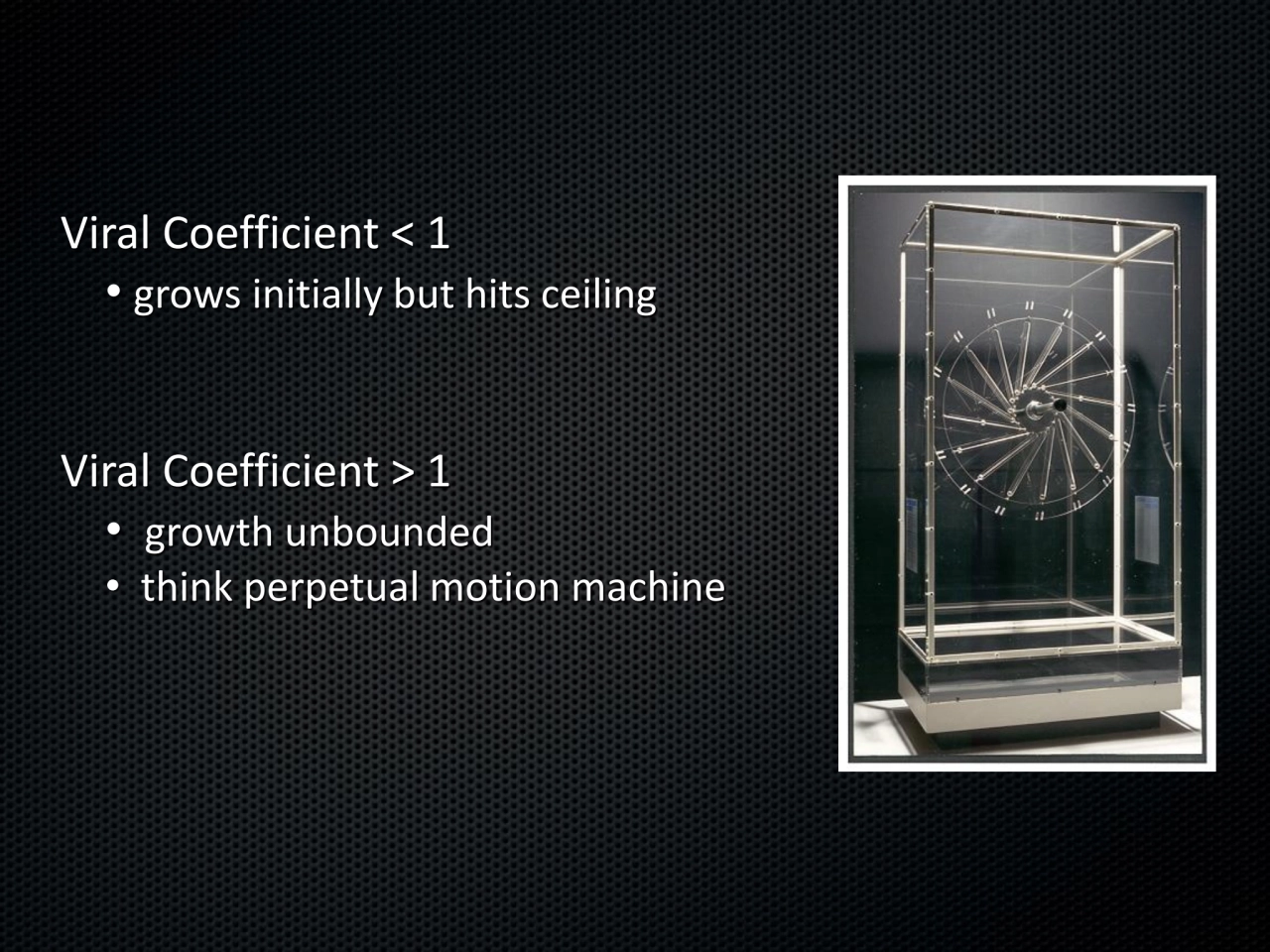
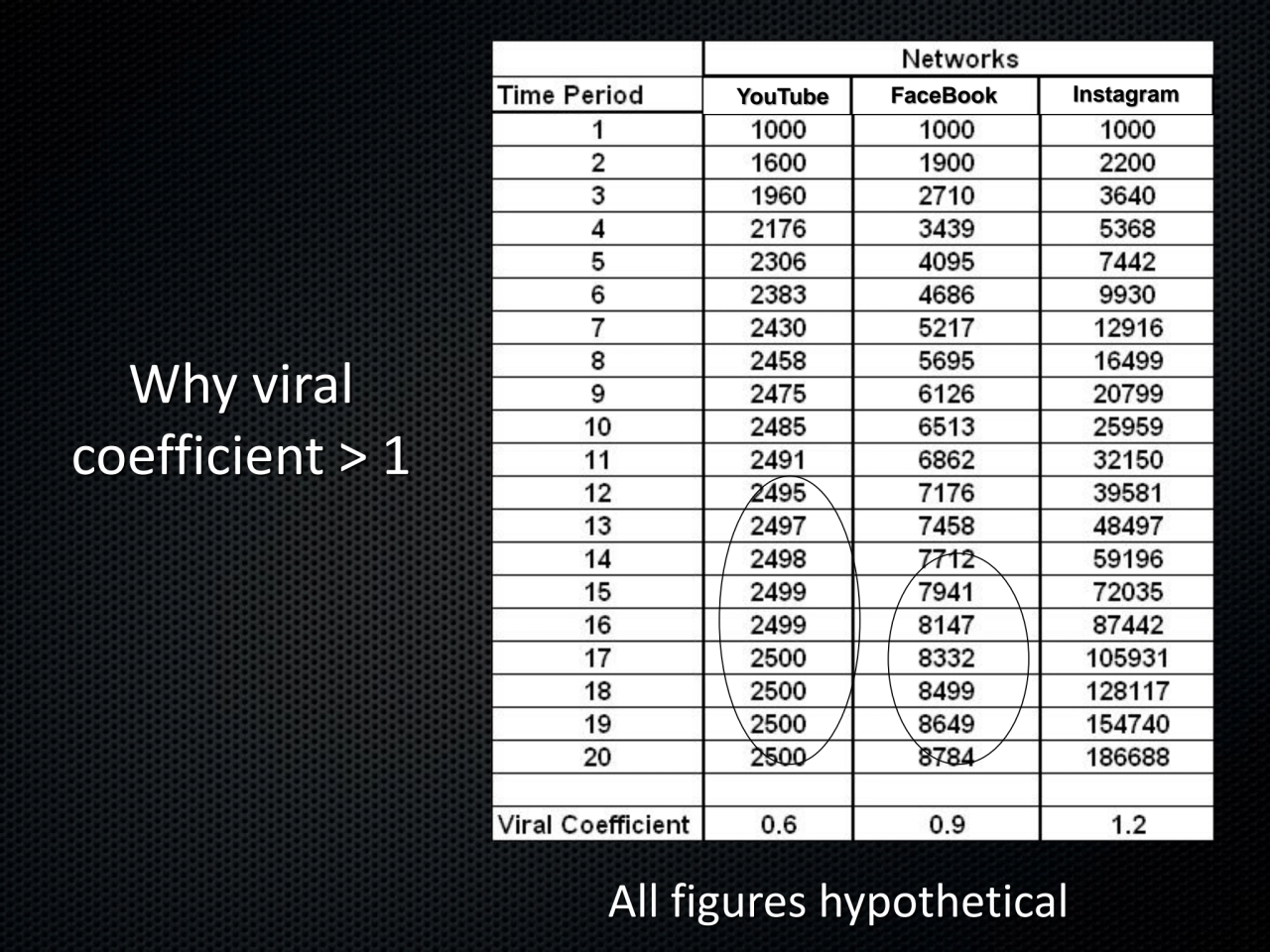
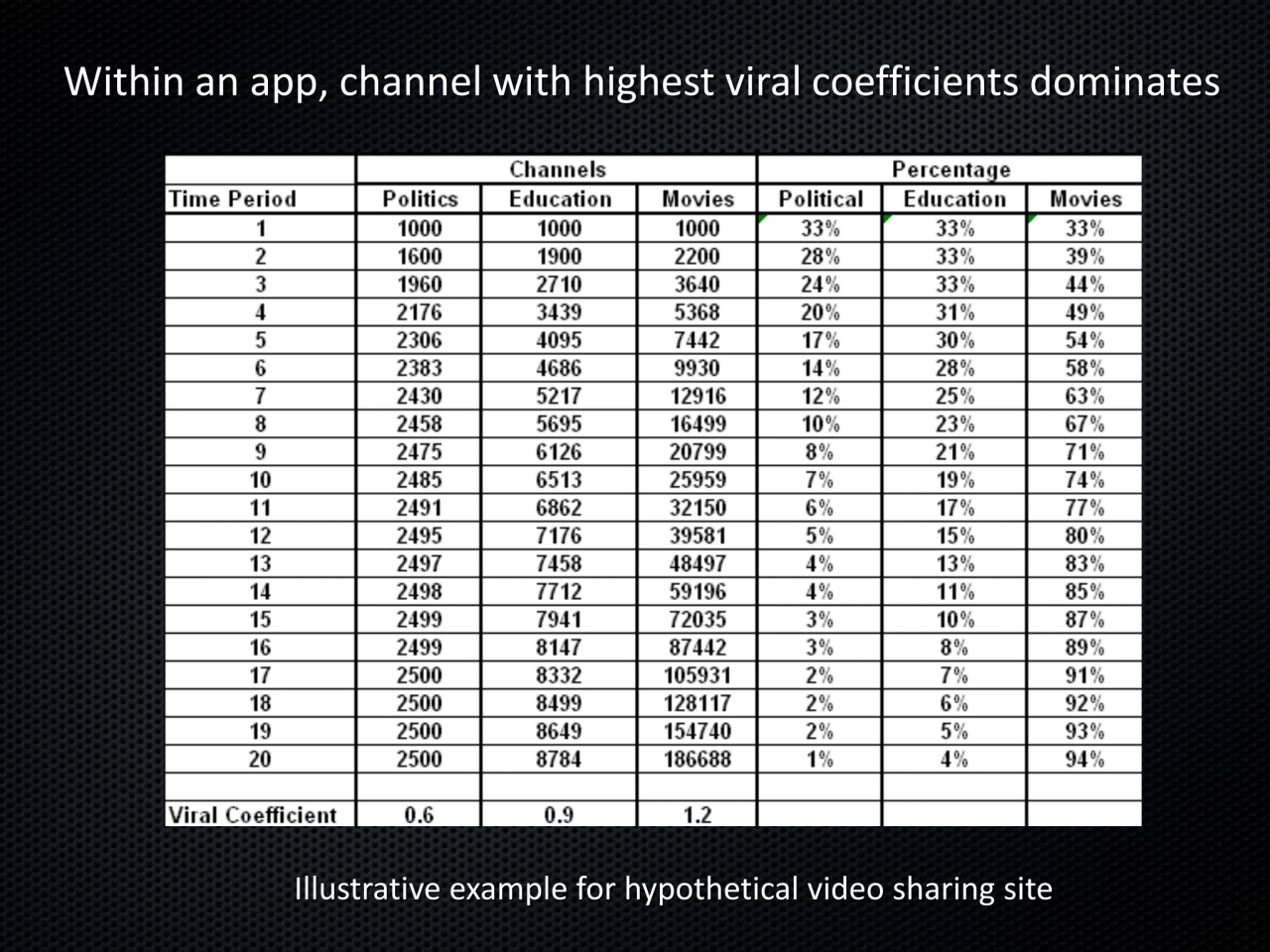
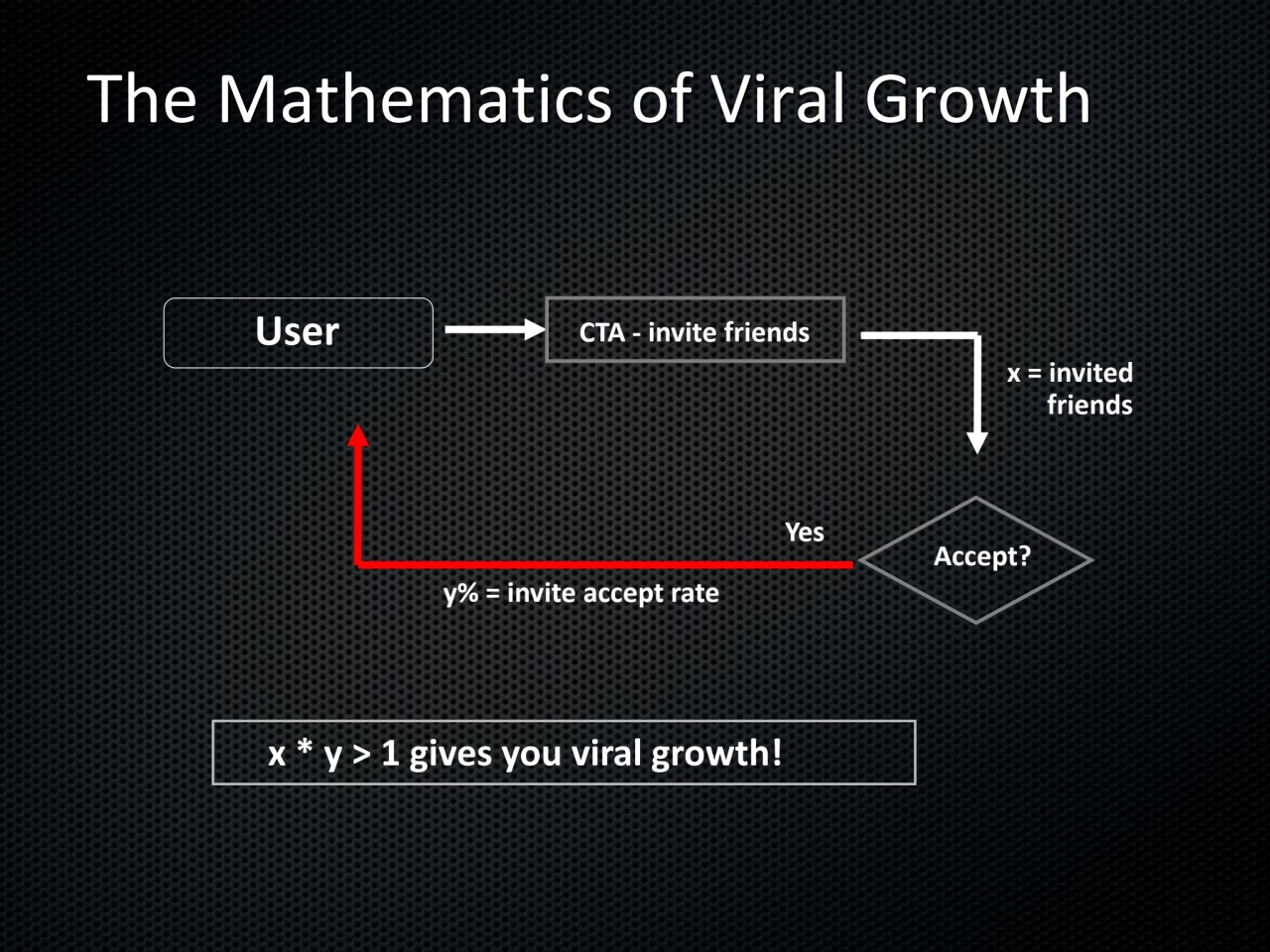
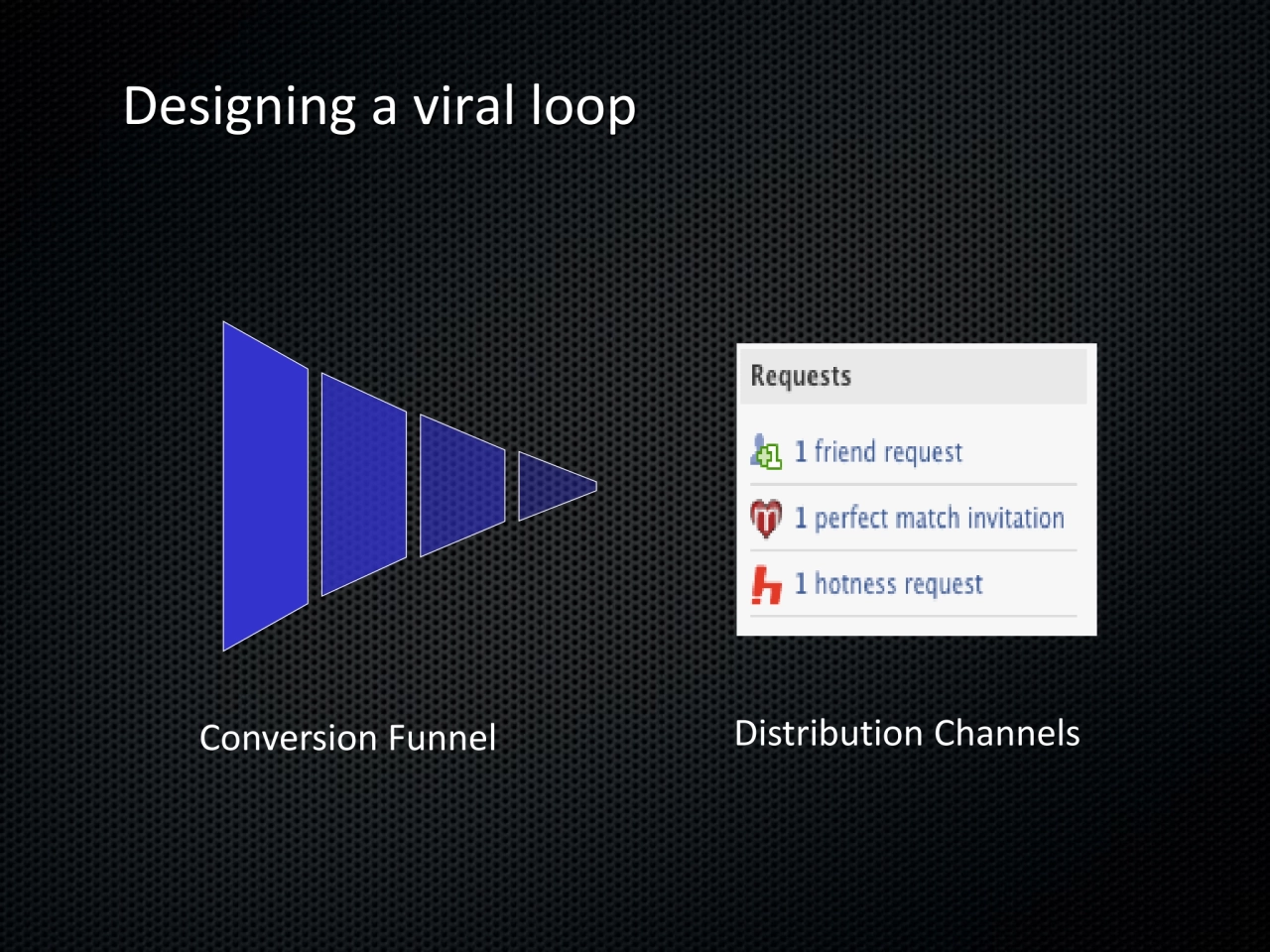
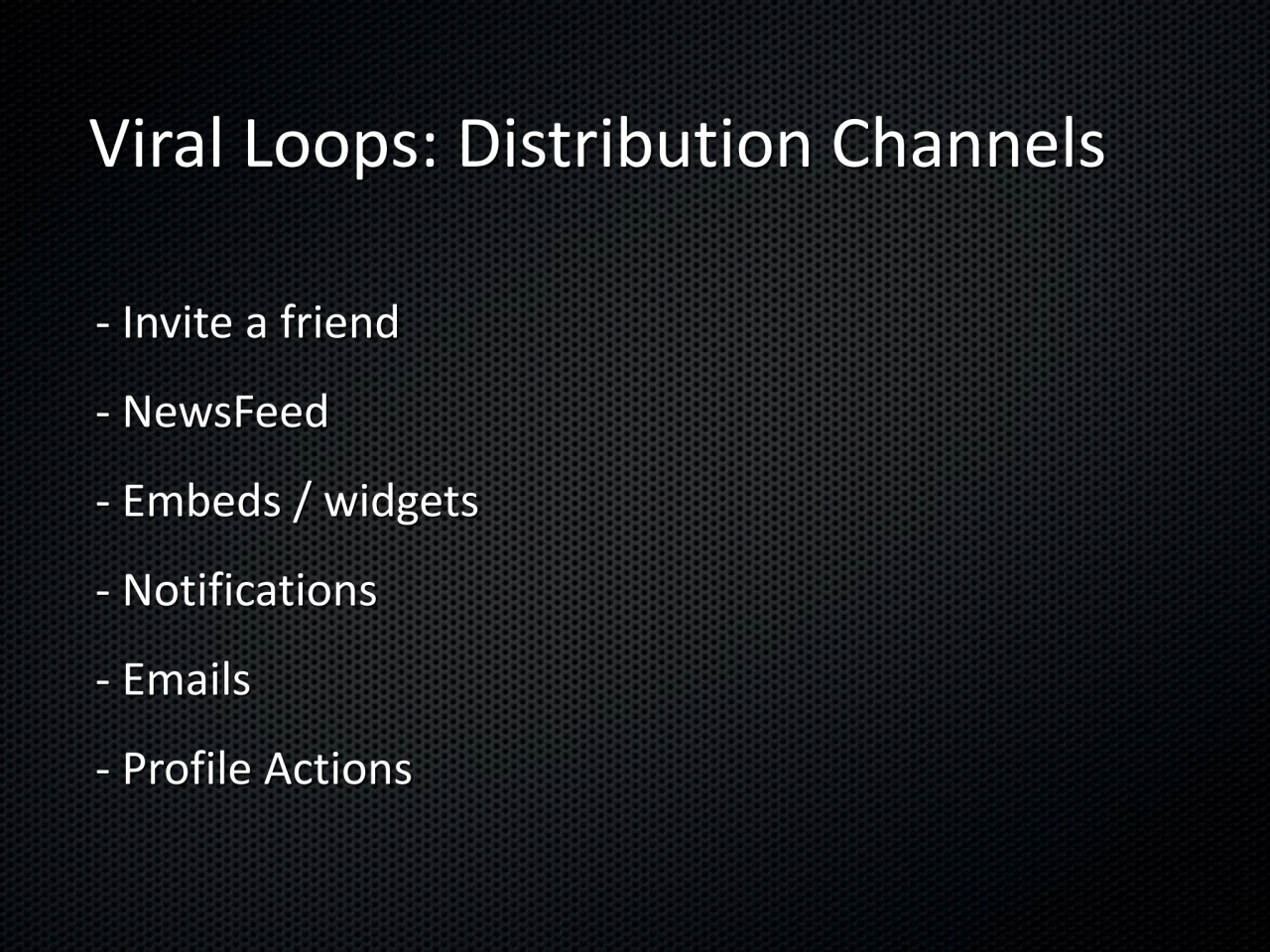
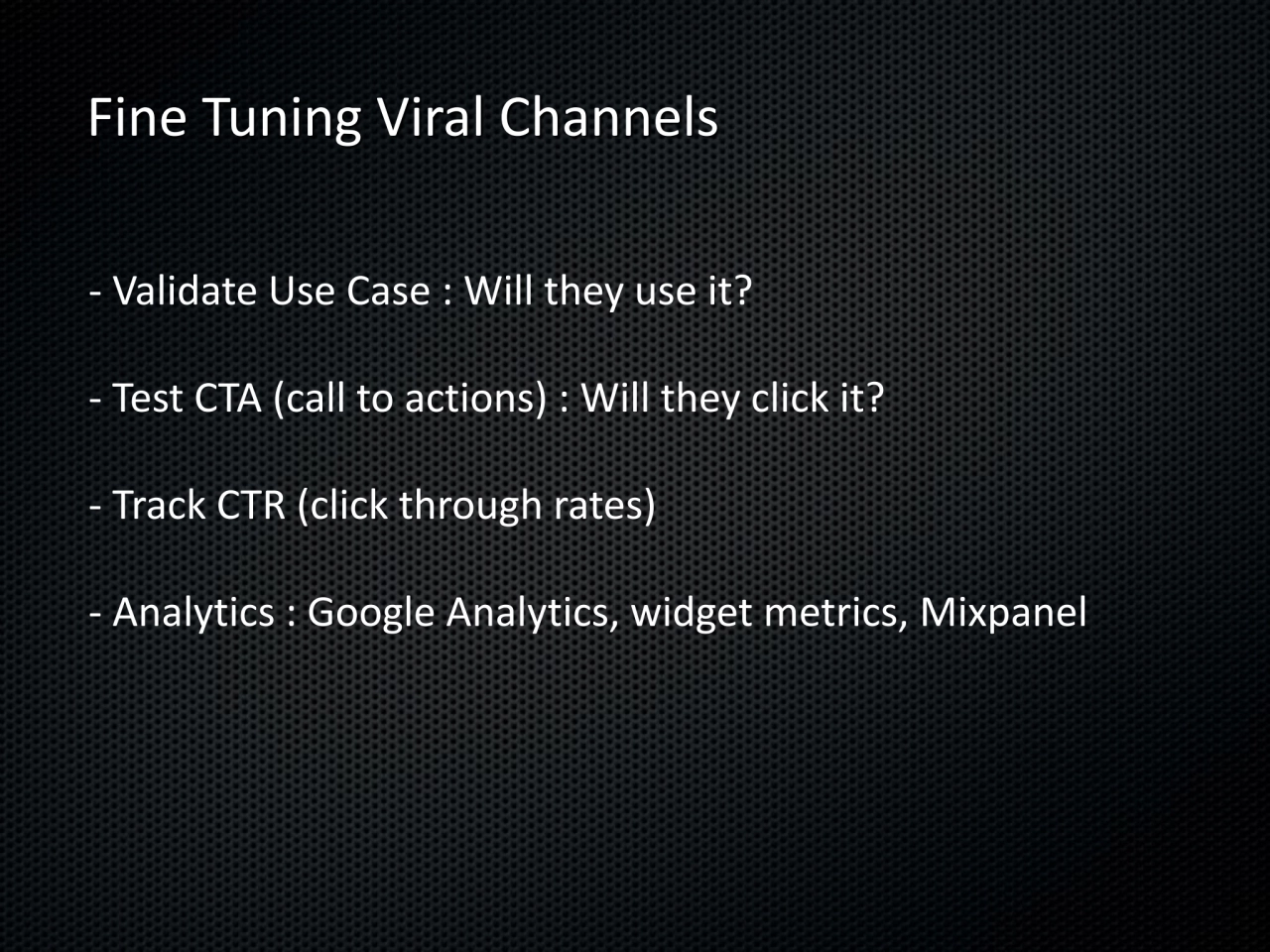
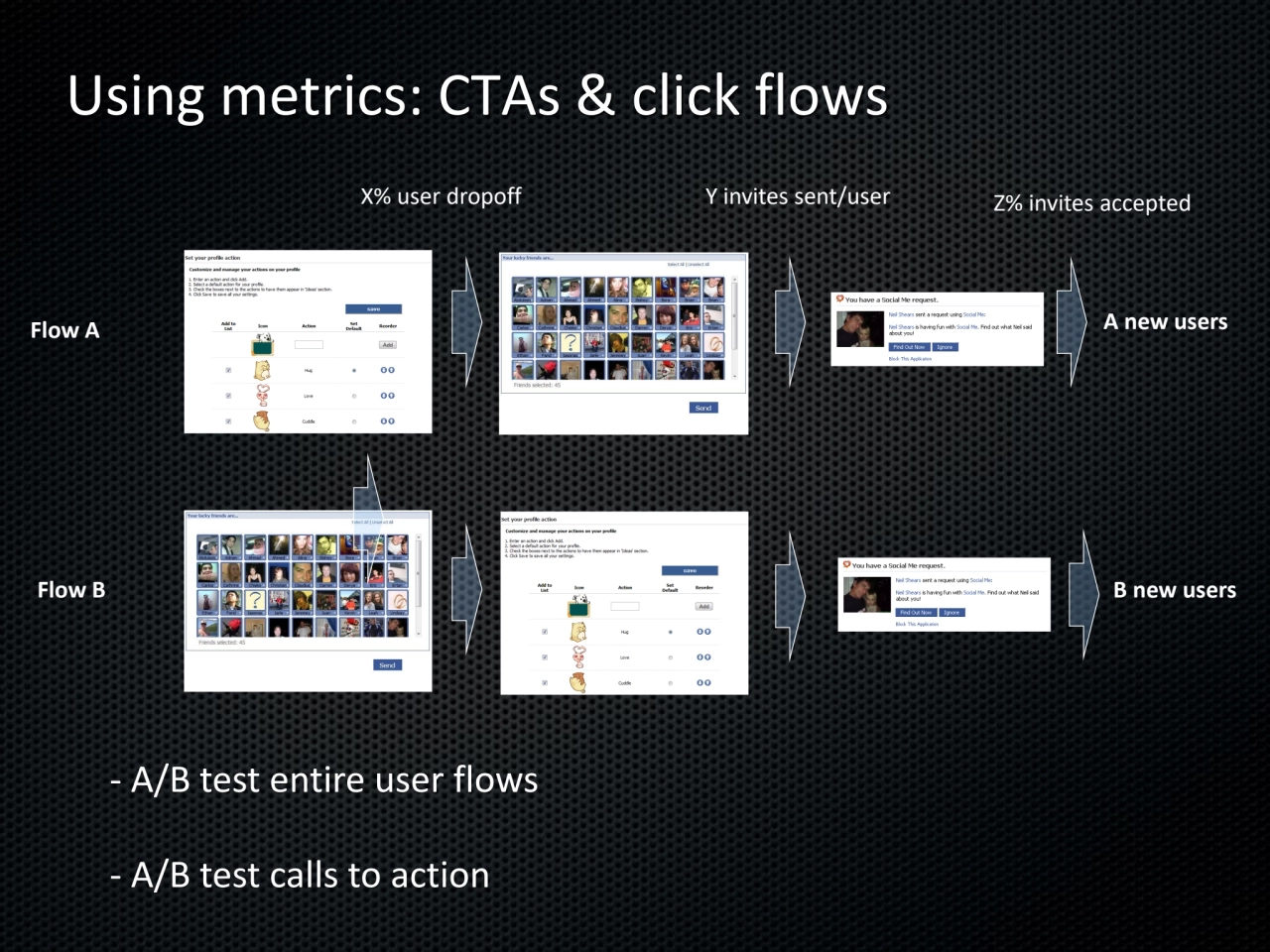
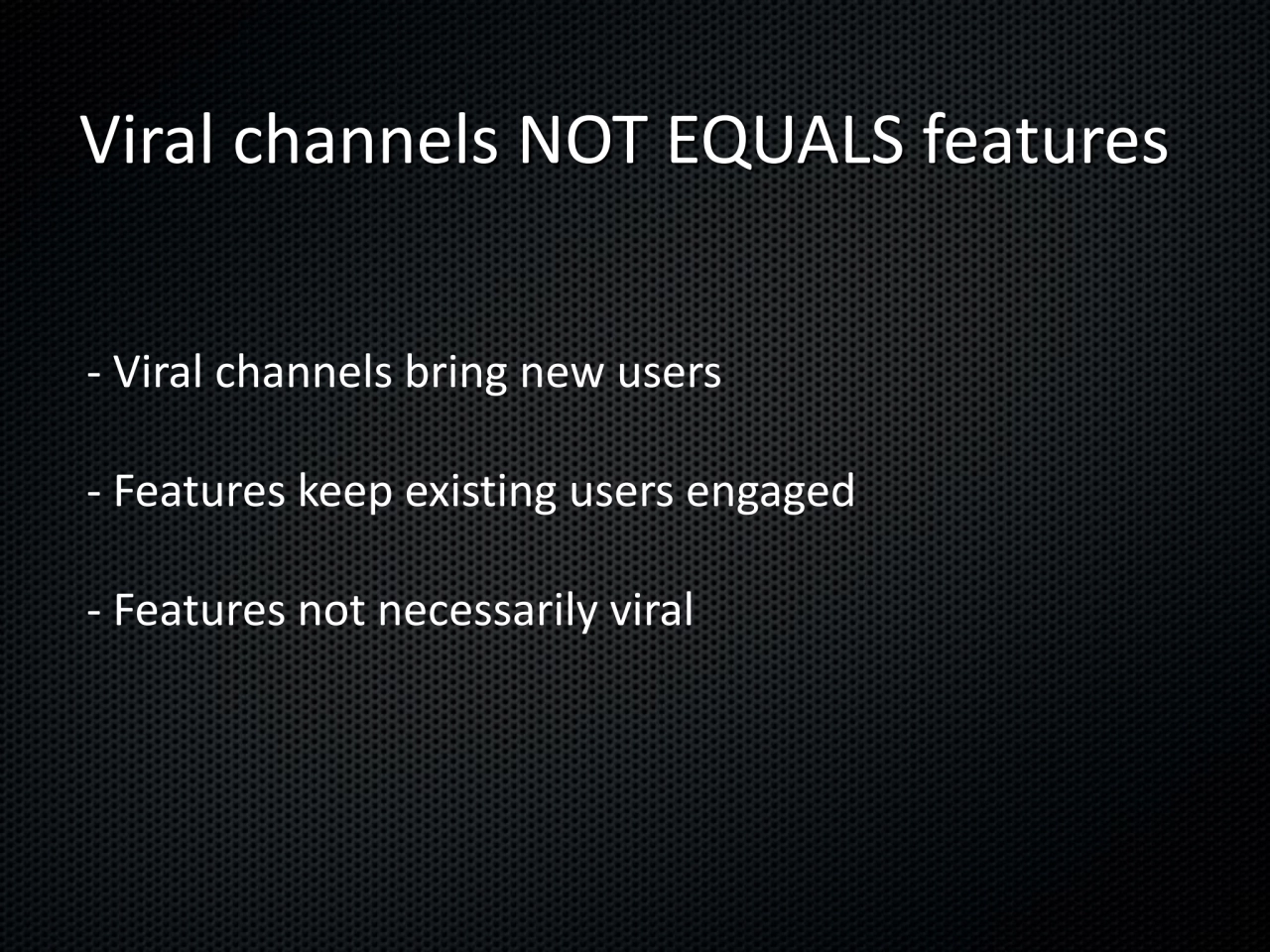
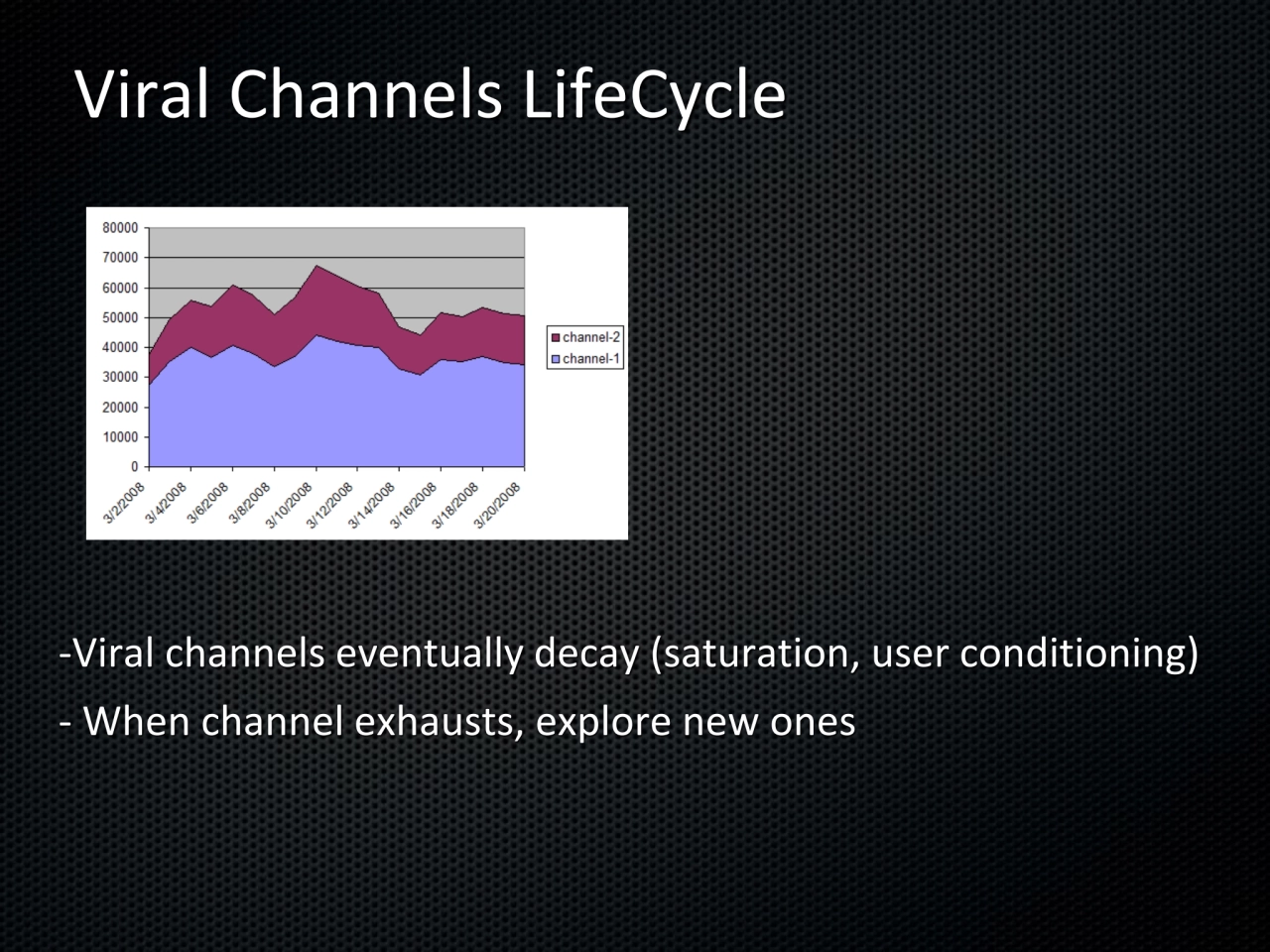
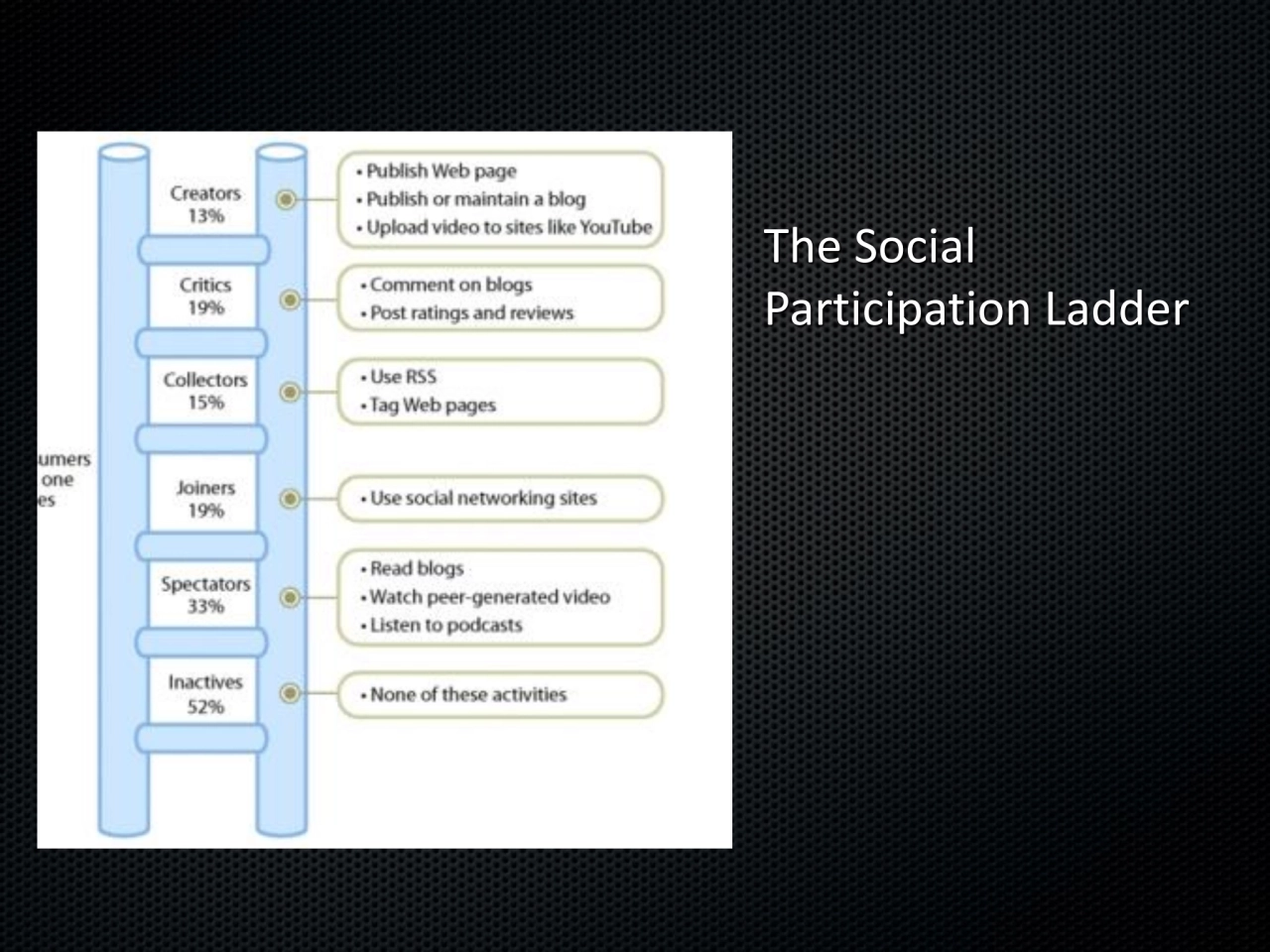
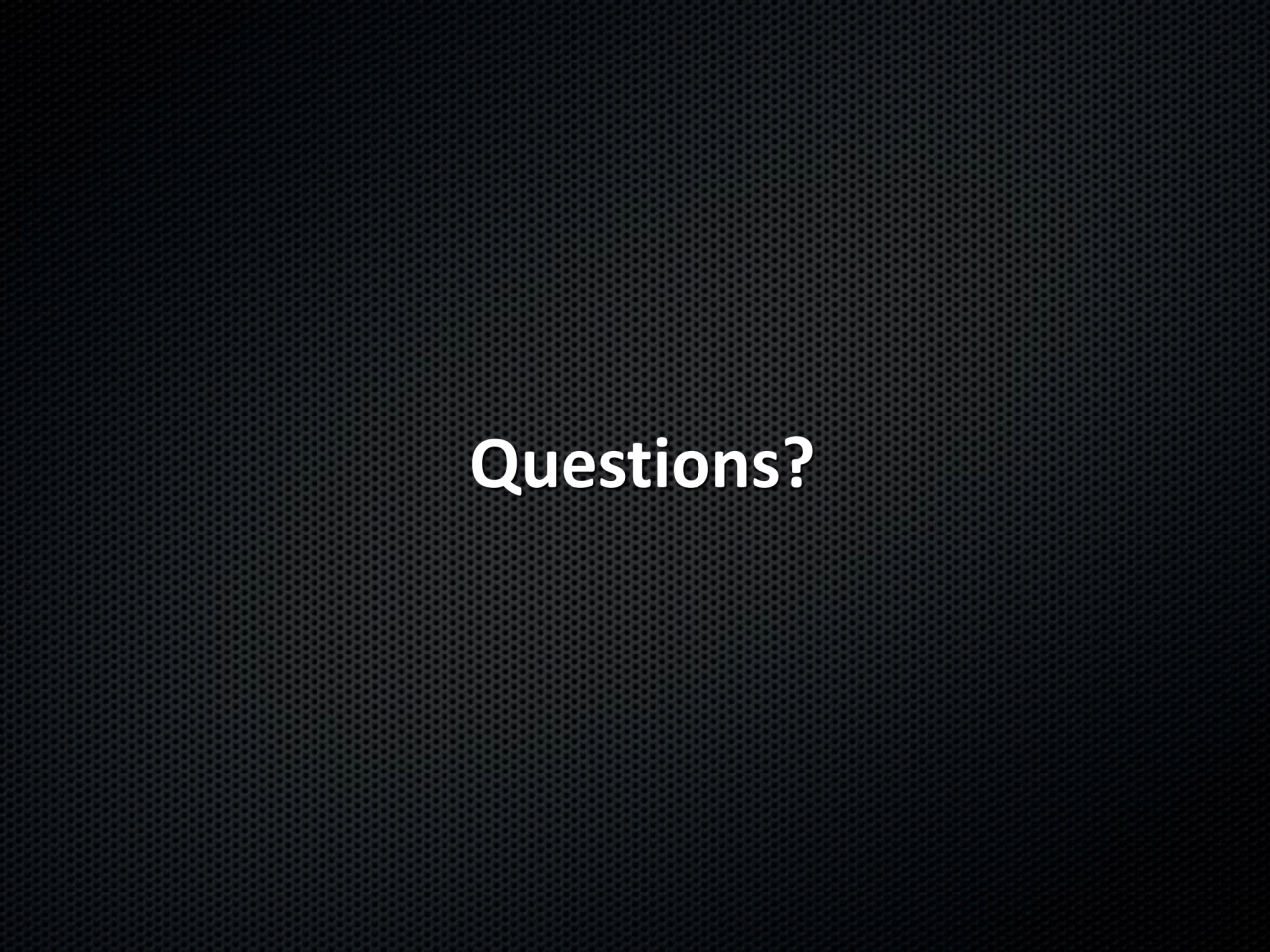
The Art & Science of Virality in Web Applications
- 1. The Art & Science of Virality
- 2. Sorry for the all-caps:)
- 3. What is Virality?
- 4. - Virality: Ability of an object to self-replicate - Think pathological diseases - Often mixed with WOM, marketing, buzz etc Virality
- 5. Virality in Web Applications - Single minded focus on acquiring new users - Get users to spread to other users - Increase width (not depth) - Half art / science: Intersection of psychology & web analytics
- 6. Putting it differently... Virality is marketing BUILT INTO the product… if the product is viral, it will market itself
- 7. Ways to go Viral - Social Graph: Facebook, Twitter, IG - Network Effects: IM, Whatsapp, Telegram - Emails: LinkedIn - Widgets: YouTube, SlideShare - SEO (backlinks authority): Wikipedia
- 8. Viral Coefficient – The secret sauce Viral Coefficient is the number of additional members every new member brings
- 9. Viral Coefficient < 1 • grows initially but hits ceiling Viral Coefficient > 1 • growth unbounded • think perpetual motion machine
- 10. Why viral coefficient > 1 All figures hypothetical YouTube FaceBook Instagram
- 11. Within an app, channel with highest viral coefficients dominates Illustrative example for hypothetical video sharing site
- 12. The Mathematics of Viral Growth User CTA - invite friends x = invited friends Accept? Yes y% = invite accept rate x * y > 1 gives you viral growth!
- 13. Designing a viral loop Conversion Funnel Distribution Channels
- 14. Viral Loops: Distribution Channels - Invite a friend - NewsFeed - Embeds / widgets - Notifications - Emails - Profile Actions
- 15. - Validate Use Case : Will they use it? - Test CTA (call to actions) : Will they click it? - Track CTR (click through rates) - Analytics : Google Analytics, widget metrics, Mixpanel Fine Tuning Viral Channels
- 16. Flow A Flow B A new users B new users X% user dropoff Y invites sent/user Z% invites accepted - A/B test entire user flows - A/B test calls to action Using metrics: CTAs & click flows
- 17. Viral channels NOT EQUALS features - Viral channels bring new users - Features keep existing users engaged - Features not necessarily viral
- 18. Viral Channels LifeCycle -Viral channels eventually decay (saturation, user conditioning) - When channel exhausts, explore new ones
- 19. The Social Participation Ladder
- 20. Questions?